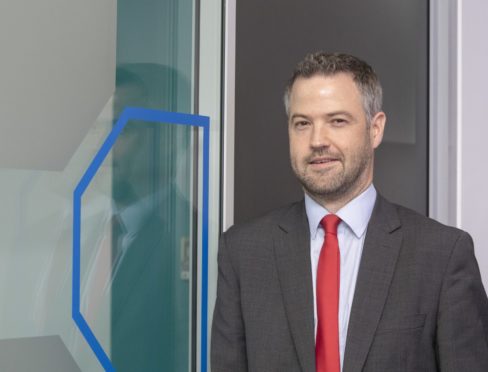It’s never an easy subject but we all need to consider what happens to our assets and wealth after our death.
Most people are familiar with the importance of making a will as part of that planning process.
However, this month marks an important centenary of a less well-known but very important element of financial planning – trusts.
Trusts have been common in Scotland since around the 17th Century, but the last piece of major legislation was the Trusts (Scotland) Act, enacted in August 1921.
There have been no significant changes to trust law since this Act, and while the law around trusts requires to be modernised, it is not just a legal technicality – trusts are a vital part of how we can manage our financial affairs.
But why would you need one?
It’s true that in days gone by trusts were used mainly by the super-wealthy but that is not the case today.
Succession planning is a notable area and one which, increasingly, more of us need to be aware of.
Being able to move assets down the generations is a natural desire, as is wishing to retain some control, either because the beneficiary is young or you are uncertain who to leave the asset to and need time to consider.
Tax, specifically capital gains tax, is often a barrier to gifting and a trust can give you a vehicle to pass on assets without incurring an initial tax charge.
You decide where it goes
You may wish to provide for your spouse after your death but want your children, perhaps from an earlier marriage or relationship, to ultimately inherit. Transferring assets to a trust can allow your spouse to retain a benefit, while excluding them from any future care fee assessment – so retaining the value of your estate for your children.
Another area which we may not think will affect us is inheritance tax. With the substantial increase in house prices over the years, it is not unusual for individuals to unknowingly breach the inheritance tax threshold.
Security
In addition, where there are vulnerable beneficiaries, where age, capacity, undue influence, debt or addiction may be an issue, a trust can bring security in helping to manage these situations.
Gifting assets to a trust allows the trustees to hold them for your children until a future date.
Trusts can be a complex area of the law and it goes without saying you should take advice from an experienced trust lawyer before making any decisions.
We’d all like to leave some sort of financial legacy and have some control over what happens in the event of death, so maybe it’s time to put your trust in the future.
James MacKinnon is head of private client business at law firm Aberdein Considine.
Money experts urge caution after Nationwide confirms post-lockdown spending splurge

